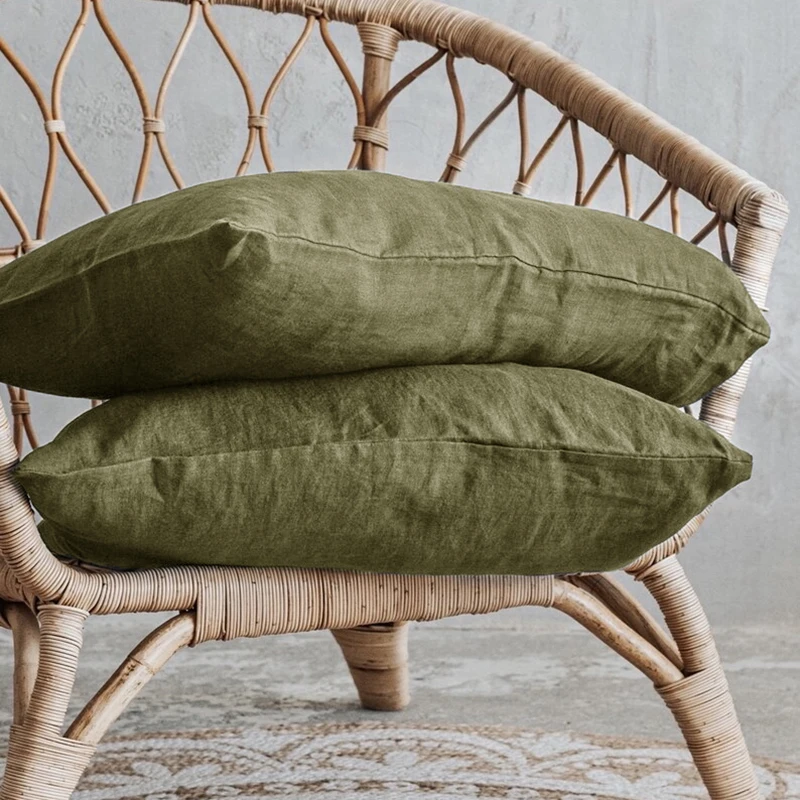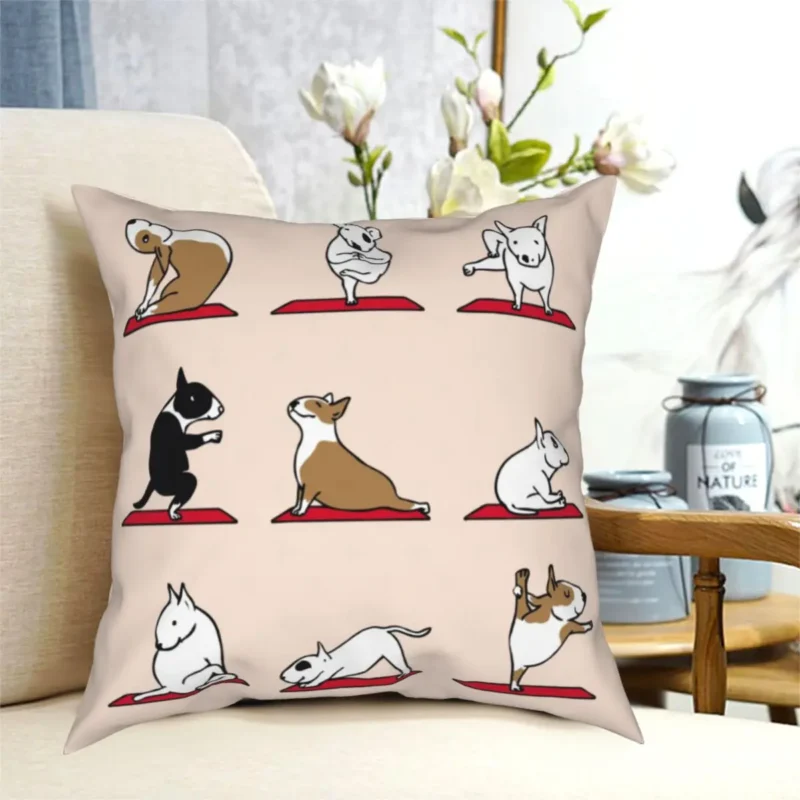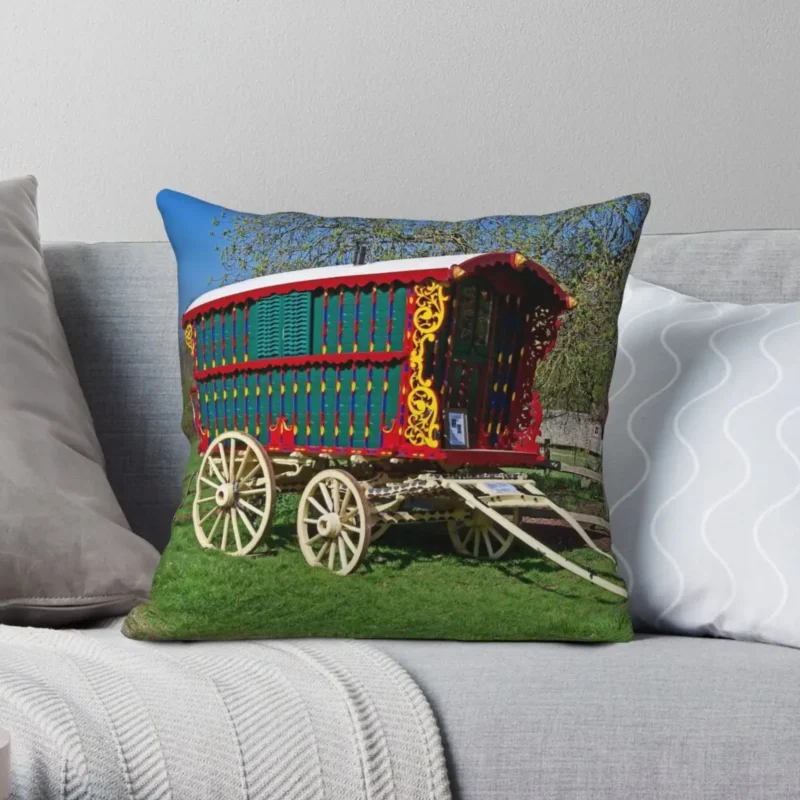Pillow cover
The Essential Guide to Pillow Covers – Enhancing Comfort and Style in Your Home
Introduction
Pillow covers are a versatile and essential element in home decor, offering both aesthetic appeal and practical benefits. They can transform the look of any room, protect your pillows, and add an extra layer of comfort. This essay explores the various types of pillow covers, their benefits, how to choose the right ones for your home, and tips for maintaining them to ensure they remain beautiful and functional.
Types of Pillow Covers
Pillow covers come in a wide range of materials, designs, and sizes. Understanding the different types can help you make informed decisions for your home decor.
- Materials
- Cotton: Cotton pillow covers are popular for their softness, breathability, and durability. They are easy to wash and maintain, making them ideal for everyday use.
- Linen: Linen covers offer a natural, rustic look and are highly breathable, keeping you cool in the summer. They become softer with each wash but can wrinkle easily.
- Silk: Silk pillow covers are luxurious and smooth, providing a sleek, elegant look. They are gentle on the skin and hair, reducing friction and preventing wrinkles.
- Velvet: Velvet covers add a touch of opulence and warmth to your decor. They are soft and plush, perfect for creating a cozy atmosphere.
- Polyester: Polyester covers are durable, wrinkle-resistant, and come in various styles and colors. They are often blended with other materials to enhance their qualities.
- Designs
- Solid Colors: Simple and versatile, solid-colored pillow covers can easily blend with any decor style. They provide a clean, uncluttered look.
- Patterns: Patterned pillow covers, including stripes, florals, and geometric designs, can add visual interest and personality to your space.
- Embroidered: Embroidered covers feature intricate designs and textures, offering a handcrafted touch that can elevate your decor.
- Printed: Printed covers come in various designs, from modern abstracts to traditional motifs. They can be a fun way to introduce new colors and patterns to your room.
- Textured: Textured pillow covers, such as those with tufting, pleating, or quilting, add depth and dimension to your decor.
- Sizes
- Standard: Standard pillow covers typically measure 20×26 inches and fit most bed pillows.
- King: King-sized covers are larger, usually 20×36 inches, suitable for larger pillows used on king-sized beds.
- Throw: Throw pillow covers come in various sizes, commonly 18×18 inches or 20×20 inches, and are used for decorative purposes on sofas, chairs, and beds.
- Body: Body pillow covers are long, typically 20×54 inches, designed to fit body pillows that provide extra support during sleep.
Benefits of Pillow Covers
- Protection for Pillows
- Prolongs Pillow Life: Pillow covers protect your pillows from dust, dirt, and stains, extending their lifespan. This is especially important for pillows that are not easily washable.
- Prevents Allergens: Covers can help prevent allergens such as dust mites, pet dander, and pollen from accumulating in your pillows, promoting a healthier sleep environment.
- Enhanced Comfort
- Softness and Smoothness: High-quality pillow covers add an extra layer of softness and comfort to your pillows, enhancing your sleep experience.
- Temperature Regulation: Materials like cotton and linen are breathable and help regulate temperature, keeping you cool in the summer and warm in the winter.
- Aesthetic Appeal
- Versatile Decor: Pillow covers allow you to easily change the look of your room without replacing the pillows themselves. You can switch covers seasonally or to match new decor themes.
- Personal Expression: With countless designs and styles available, pillow covers offer a way to express your personality and style preferences.
- Easy Maintenance
- Washable: Most pillow covers are machine washable, making them easy to clean and maintain. This helps keep your bedding and living areas fresh and hygienic.
- Interchangeable: You can keep multiple sets of pillow covers and interchange them as needed, ensuring you always have clean covers available.
Choosing the Right Pillow Covers
- Consider the Material
- Comfort: Choose materials that feel comfortable against your skin. For example, silk covers are ideal for reducing friction on your hair and skin, while cotton covers offer softness and breathability.
- Durability: Consider how often you will need to wash the covers and choose materials that can withstand frequent laundering without losing their quality.
- Match Your Decor
- Color Scheme: Select pillow covers that complement your existing color scheme or introduce new hues that enhance your decor. Solid colors are versatile, while patterns can add a focal point.
- Style: Consider the overall style of your room. For a minimalist look, opt for simple, solid covers. For a more eclectic or bohemian style, mix and match different patterns and textures.
- Size and Fit
- Measurements: Ensure you choose the correct size for your pillows. A well-fitted cover will look neater and provide better protection.
- Closure Type: Consider the type of closure, such as zippers, buttons, or envelope flaps. Zippers offer a secure fit, while envelope flaps are easy to remove and wash.
- Functionality
- Special Features: Some pillow covers come with additional features, such as hypoallergenic properties, cooling effects, or moisture-wicking capabilities. Choose covers that meet your specific needs.
Maintaining Your Pillow Covers
- Regular Cleaning
- Washing Instructions: Follow the manufacturer’s instructions for washing your pillow covers. Most cotton and polyester covers are machine washable, while silk and velvet may require special care.
- Frequency: Wash pillow covers regularly to keep them fresh and free from allergens. Aim to wash them at least once a month, or more often if they are frequently used.
- Proper Storage
- Dry Thoroughly: Ensure pillow covers are completely dry before storing them to prevent mold and mildew.
- Fold Neatly: Store pillow covers in a cool, dry place. Fold them neatly to avoid wrinkles and damage.
- Repair and Replacement
- Repair Damage: Fix any small tears or loose seams promptly to prevent further damage.
- Replace When Necessary: Over time, pillow covers may become worn or faded. Replace them as needed to maintain the look and feel of your decor.
Conclusion
Pillow covers are an essential component of home decor that offer both practical benefits and aesthetic appeal. By choosing the right materials, designs, and sizes, you can enhance the comfort and style of your living spaces. Regular maintenance will ensure your pillow covers remain beautiful and functional, allowing you to enjoy their benefits for years to come. Whether you want to protect your pillows, add a pop of color, or simply update your decor, pillow covers are a versatile and valuable addition to any home.



